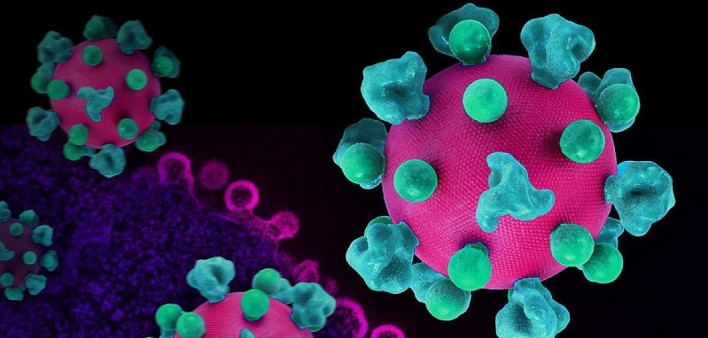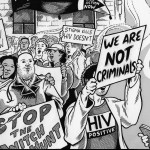Several studies presented at the Conference on Retroviruses and Opportunistic Infections (CROI) shed light on HIV persistence and strategies for long-term remission. Antiretroviral therapy (ART) keeps HIV replication suppressed, but the virus inserts its genetic blueprints into the DNA of human cells and establishes a long-lasting reservoir that antiretrovirals can’t reach.
Scientists at the University of California San Francisco analyzed posttreatment viral control in a complex cure trial that combined a therapeutic vaccine regimen, two broadly neutralizing antibodies (bnAbs) and a TLR9 agonist to coax HIV out of hiding. At last year’s CROI, they reported that seven of the 10 participants experienced delayed viral rebound to lower-than-expected levels after ART interruption. Two maintained a viral load below 1,000, and one remained in remission for 18 months.
This year, investigators presented further data showing why this might have occurred. One study found that posttreatment control was not consistently associated with bnAb exposure or susceptibility, which suggests that changes in host immune function play a key role in viral control.
In a second analysis, people who maintained partial control of HIV after stopping a standard ART regimen or the combination intervention showed stronger CD8 killer T-cell responses to reactivated virus. “CD8 T cells are responding more robustly as virus rebounds in people who are able to control,” says Michael Peluso, MD.
Another study looked at sex differences in the viral reservoir. Analyzing more than 4,000 viral genomes from 34 men and 30 postmenopausal women, the researchers found that women were more likely than men to have intact HIV DNA inserted in transcriptionally silent parts of their chromosomes where they were unable to reactivate. “The HIV reservoir in women is associated with features of deeper latency,” wrote Toong Seng Tan, MD, of the Ragon Institute of Mass General, MIT and Harvard, and colleagues. “Therefore, women may be primed to achieve a state of HIV control, and the inclusion of women in cure studies should be a priority.”







Comments
Comments